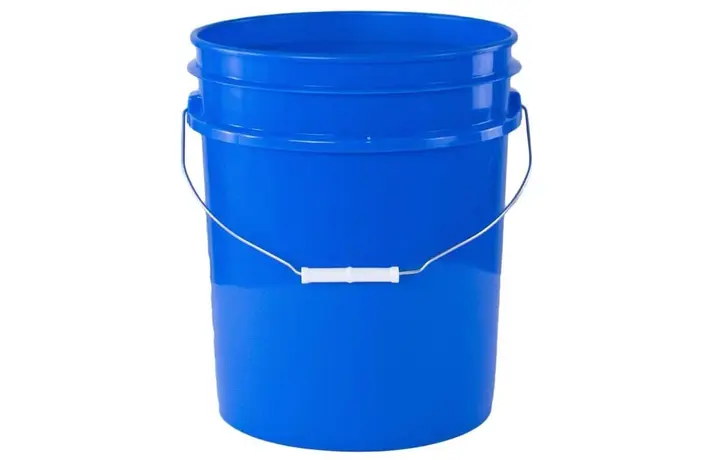Skip spraying and make a mosquito bucket for eco-friendly insect control

Summer’s here and the time is right for talking about mosquitoes. How do we rid ourselves of these pesky biters without negatively affecting our ecosystem?
One of the cheapest, safest, and most efficient methods is the use of a mosquito bucket. This approach targets mosquito larvae only by using a biological bacterial control, and it’s not harmful to any other insects or mammals.
The modern tradition of spraying your property kills adult mosquitoes and requires spraying at such a high concentration and frequency that it also kills beneficial insects including fireflies, ladybugs, bumblebees and butterflies. Our ecosystem relies on these essential insects to maintain a healthy balance for both plants and animals.
One easy way to access these kits is through local nonprofit organization Northport Native Garden Initiative (NNGI), while supplies last. Kits can be purchased for $10 and come with a bucket, the mosquito dunk and hay – everything you need to make a mosquito kit at home.
Here are the easy steps for making a mosquito larva trap:
What you need:
1. Bucket, 3 or 5 gallon
2. Straw, hay, or grass clippings
3. Water
4. Mosquito dunk or brand name containing bacillus thuriensis. These are available at your local hardware store
5. Chicken wire or similar screening (optional)
Setting up the trap:
1. Use an empty bucket
2. Drill two to four drainage holes a couple of inches down from the top of the bucket
3. Add three or four handfuls of hay or straw to the bucket
4. Fill the bucket up halfway with water; ratio of hay to water is about 1:4
5. Allow the water and organic matter to ferment for three days and then add the mosquito dunk to the top of the fermenting solution
6. Cover with chicken wire or similar screening that allows adult mosquitoes in, but keeps other critters out
7. Set in place, away from where people gather (a sunny spot is ideal, but a location with dappled shade would also provide good results)
Additional sources:
Mosquito Bucket of Doom
How to Set Up a Mosquito Larva Trap
Don’t miss a story
Get the latest news delivered to your inbox.







